Research
Search our website
Search our website by entering a keyword or choose a database above to search specifically.
Search
Showing search results 2,151 - 2,160
14,752 results found

Société Anonyme pour la fabrication de bleu d'Outremer

Société belge des électriciens

Société belge Alfa-Laval

Société Anonyme Laterre-del Bruyère

Société commerciale d'Ougrée

Société d'assèchement rationnel et d'assainissement des constructions
(système Knapen)

Société belge pour la fabrication des cables et fils électriques S.A.

Société d'exploitation des brevets André

Société des Convoyeurs Mécaniques

Société belge de métallisation








